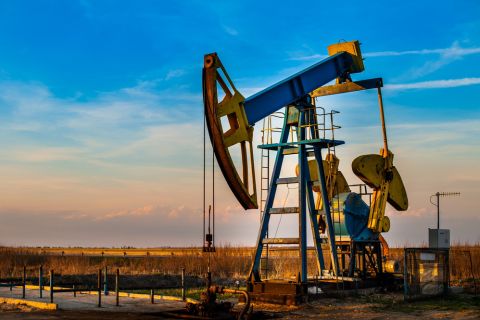Collaboration can be a powerful thing— especially when the upstream and midstream worlds join forces. Take the under-construction Utica-East Ohio system, for instance.
Last March, Chesapeake Energy Corp. announced its subsidiary, Chesapeake Midstream Development LP (now Access Midstream Partners LP), would build eastern Ohio’s largest integrated midstream service complex. It would do so in partnership with M3 Midstream LLC (Momentum) and EV Energy Partners LP. The partnership said at the time it would invest about $900 million during the next five years into the facility. The complex will include natural gas gathering and compression facilities and processing, natural gas liquid (NGL) fractionation, loading and terminal facilities.
During Hart Energy’s recent Marcellus- Utica Midstream Conference in Pittsburgh, partnership executives discussed the benefits and challenges of bringing the project to life.
When undertaking a project, Momentum Chief Executive Frank Tsuru always strives to join forces with the companies that control the drill bit and own the acreage, he told conference attendees.
“That’s been a successful way to go,” he said. “By collaborating with an upstream and a midstream company, what you can do right away is build for a very large project. And by building for a very large project, you enjoy the economies of scale.”
Collaboration can also reduce the lag that exists between upstream and midstream projects, Tsuru added. This, he said, allows partnerships to build just-in-time assets.
“Nobody likes to have a processing plant or pipe or fractionators waiting there empty,” said Tsuru. “And so we like to build them just in time.”
When it’s complete, the cryogenic processing facility will have an initial capacity of 600 million cubic feet (MMcf) per day. It will have a fractionation capacity of 90,000 barrels (bbl.) a day. The first 200 MMcf of cryogenic processing, alongside the associated fractionation, will go online this second quarter.
Of course, the JV didn’t come without its challenges.
“We’ve had our share of them and we continue to do so,” said Tsuru. “But one of the things you have to continue to do in a JV (joint venture) where you have a midstream and an upstream company—which really have different business plans—is to establish alignment, expectations and goals very early and stick to those. We’ve been able to do that.”
Mark Edge, vice president of gas sales with Chesapeake Energy Marketing Inc., said that when embarking on a new project, his company strives to plan its production profile and the midstream facilities in advance. “And we also really look for someone who we have a history with,” he said. “We had a history with Frank (Tsuru) in the Haynesville and also out here in the Marcellus.”
Mark Houser, president of EV Energy Partners LP, said the opportunity to join the JV made sense for his company for numerous reasons.
“To us it just looked like a very good business opportunity for our public company EV Energy Partners because it eventually provides a long-term and predictable revenue stream and cash flow.”
Recommended Reading
Texas LNG Export Plant Signs Additional Offtake Deal With EQT
2024-04-23 - Glenfarne Group LLC's proposed Texas LNG export plant in Brownsville has signed an additional tolling agreement with EQT Corp. to provide natural gas liquefaction services of an additional 1.5 mtpa over 20 years.
US Refiners to Face Tighter Heavy Spreads this Summer TPH
2024-04-22 - Tudor, Pickering, Holt and Co. (TPH) expects fairly tight heavy crude discounts in the U.S. this summer and beyond owing to lower imports of Canadian, Mexican and Venezuelan crudes.
What's Affecting Oil Prices This Week? (April 22, 2024)
2024-04-22 - Stratas Advisors predict that despite geopolitical tensions, the oil supply will not be disrupted, even with the U.S. House of Representatives inserting sanctions on Iran’s oil exports.
Association: Monthly Texas Upstream Jobs Show Most Growth in Decade
2024-04-22 - Since the COVID-19 pandemic, the oil and gas industry has added 39,500 upstream jobs in Texas, with take home pay averaging $124,000 in 2023.
What's Affecting Oil Prices This Week? (Feb. 5, 2024)
2024-02-05 - Stratas Advisors says the U.S.’ response (so far) to the recent attack on U.S. troops has been measured without direct confrontation of Iran, which reduces the possibility of oil flows being disrupted.




